Author Spotlight: An interview with Chip carving Expert Wayne Barton
Meet the author and wood carver behind The Joy of Chip Carving
Wayne Barton is the most renowned proponent of this style of woodcarving in the world. He has been honored by the Swiss National Museum in Zurich, which put his work on special exhibition for eighteen months. In 2005 Woodcarving Illustrated Magazine named him Woodcarver of the Year. His classes, lectures, and writings for decades have taught countless others the proper tools and methods used to accomplish superb chip carvings such as those displayed within these pages. With few exceptions, most individuals in North America who are passing on chip carving knowledge were introduced to the art by Wayne and/or his classes and writings. However, it remains true today that none have reached Wayne’s level in either range or depth of execution, techniques, and artistic design, nor equaled his remarkable ability to describe and instruct others in chip carving. – David W. Crothers, Forward in the The Joy of Chip Carving
We sat down with Master Carver Wayne Barton to chat about his chip carving favorite things, how he got started, and what inspired him to write his new book The Joy of Chip Carving. See his interview below.
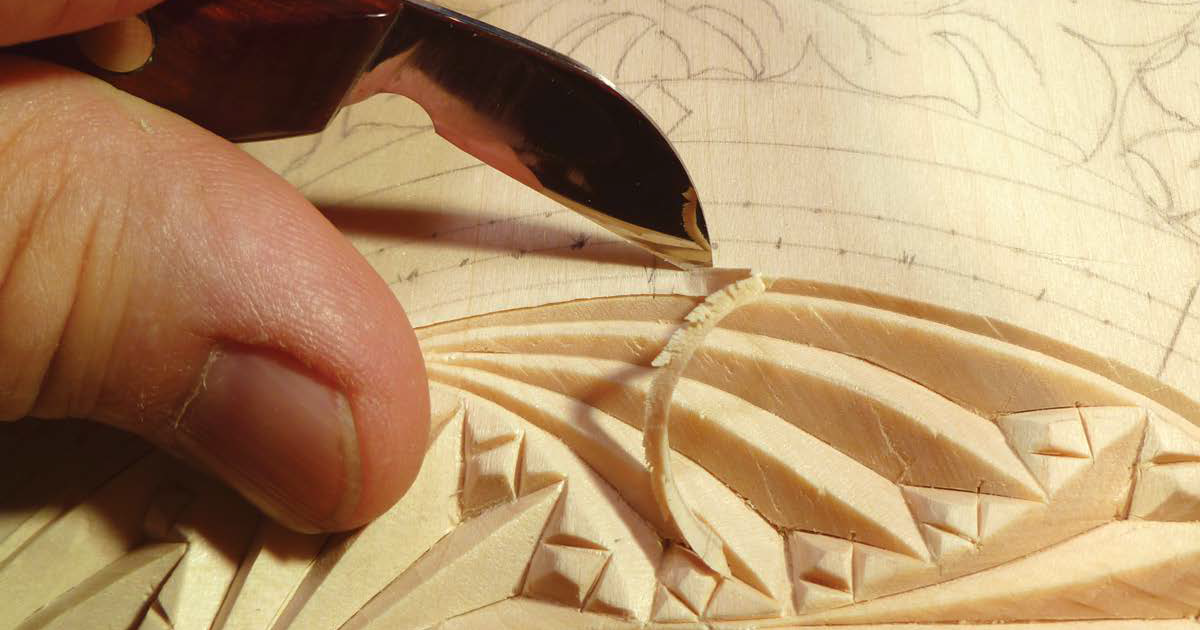
The Joy of chip carving
The masterwork of the leading icon in wood chip carving, Wayne Barton.
- Barton Capitals and Foliated Alphabet templates are included, both highly sought after and never before published
- Barton’s philosophies, knowledge, and expert instruction on line, design, carving, finishing, and much more
- Inspirational gallery of Barton’s finished work, packed with high-quality photos of his stunning creations
- Step-by-step project for a candleholder to illustrate the process of layout, carving, and finishing
- The fundamentals of tools and materials, sharpening, how to hold knives, and more
What led Wayne to chip carving?
Wayne’s interest in woodcarving was first kindled at the age of five by his maternal grandfather who was part of his extended family, leaving him with a lifelong love of woodcarving. His love for chip carving took off as a youngster when he saw a street artist in his hometown of Chicago. Wayne looked forward to watching this artist create chip-carved designs on yo-yos.
Wayne is a veteran having proudly served in the United States Coast Guard as a “whickie”. During his work as a lighthouse worker, he began chip carving more seriously on his downtime. After military service and college, and still, with a strong desire to pursue his passion for woodcarving, he took formal training in the woodcarving center of Brienz, Switzerland.
“If a chip does not release freely, cut it loose, do not pry.”
How does Wayne get inspiration for a chip carving piece?
Wayne finds patterns in everyday life and nature. Natural items such as trees and flowers are common themes throughout his carvings.
What is Wayne’s favorite type of wood?
“Butternut is a charm to carve” as Wayne describes it. He likes to air-dry this softwood from the walnut family. Basswood/Linden from Europe is his second favorite wood. Although a hardwood, it is a softer wood that behaves well under a sharp knife. Basswood is also versatile to stain to look like other woods. Both Butternut and Basswood are classified as hardwoods and are commonly selected for chip carving, not for their softer nature alone but also for their straight, tight grain.
What is Wayne’s favorite tool?
To our surprise, Wayne only uses 2 knives that he designed, the Wayne Barton Premier Chip Carving Knives. Manufactured in the United States., Wayne has developed these knives for production for chip carvers worldwide. Today their truly superior quality is recognized for their blades of high carbon steel and ergonomic design for hours of comfortable, enjoyable carving.
What is the biggest challenge for Wayne’s students who are learning chip carving?
“Coming up with a chip carving design is always the hardest challenge for my students and the reason there is such a large focus on it in The Joy of Chip Carving. Elements of design and the definitions of lines are vital for students to understand. It’s important to understand the focal points and elements of contrast in order to put a good design together. Becoming a teacher requires you to be a master of your craft, after all, you need to be good at explaining and putting your process into words for others to understand.” – Wayne Barton
How have things changed in the wood carving world?
Wayne’s one-word answer, technology. Today’s world is all about marketing yourself as an artist directly online, although there’s nothing more satisfying than making something with your hands.”
What is Wayne currently working on?
Besides his latest book at the time of our interview, Wayne was gearing up for one of his chip carving workshops. In this particular class, he was teaching chip carving on a curved surface. He had lamps specially made to challenge students to carve on a 3D object. Take a class with Wayne through the Joy of Chip Carving: Step-by-Step Instructions & Designs from a Master Carver.
More Chip Carving Books
Chip Carving (Best of WCI)
Whether you are looking to make a decorative accent for your home, a personalized gift for a loved one, or an heirloom holiday ornament, this collection of the best chip carving projects from the pages of Woodcarving Illustrated will inspire you to start chipping away. Featuring an introduction by Barry McKenzie, a stunning gallery of work, and covering everything from the basics to challenging old-world and free-form carving styles, you will gain expert information, insight, and inspiration from today’s top chip carvers including Barry McKenzie, Dennis Moor, Roger Nancoz, and Darrell Janssen. You will even learn how to chip carve golf balls with the help of Sharon Braunberger and Elaine Dugan. The sheer variety and beauty of these 50-plus projects make this a “must-have” reference that any chip carver, from beginner to expert, will turn to repeatedly.
Chip Carving Workshop
Chip Carving Workshop takes you through the essential chip carving techniques, from tool sharpening and preparation to hand positions, chip cutting, and finishing. You’ll discover how to use both geometric shapes and free-form designs to create wonderfully detailed patterns. A step-by-step practice project shows you how to master the simple shapes that will allow you to cut any grid pattern in the book. Hundreds of ready-to-use designs offer a rich treasury of chip carving layout ideas, grids, borders, and motifs for you to trace and reproduce in any combination or size.
Get Exclusive Email Offers And Receive 15% OFF On Your First Book Order!

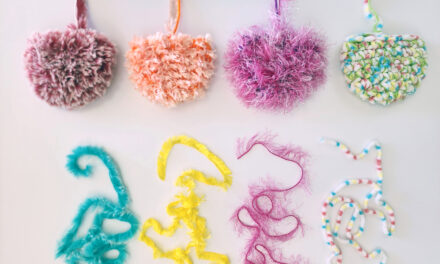
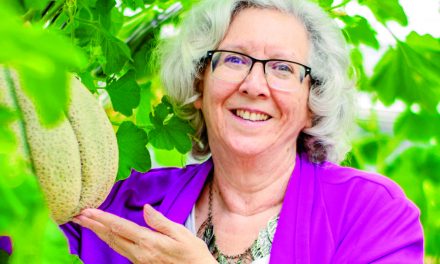
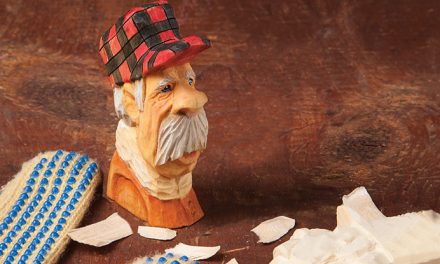
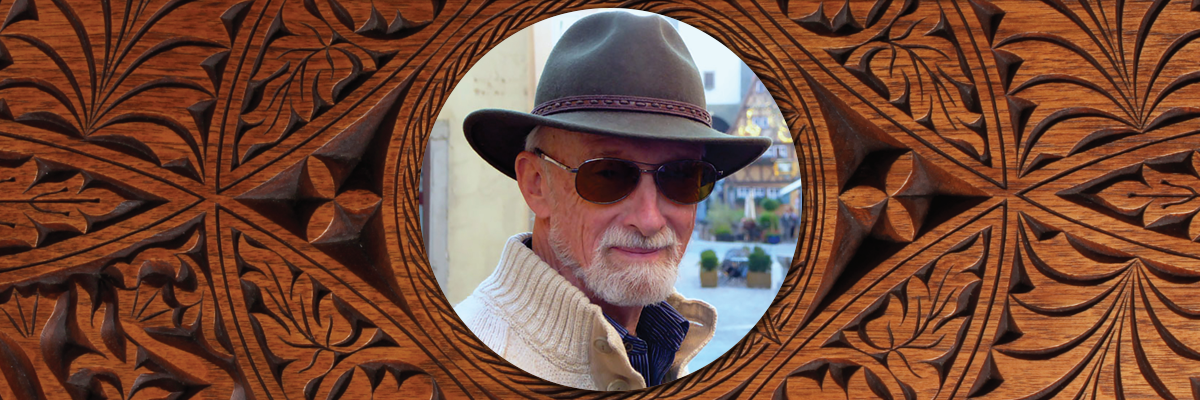
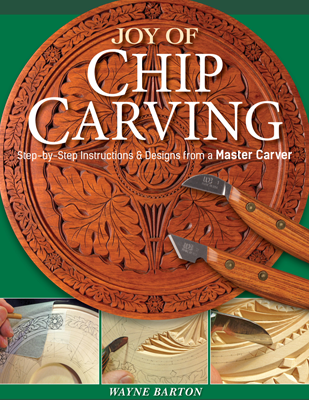
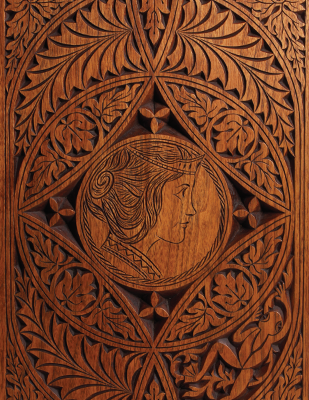
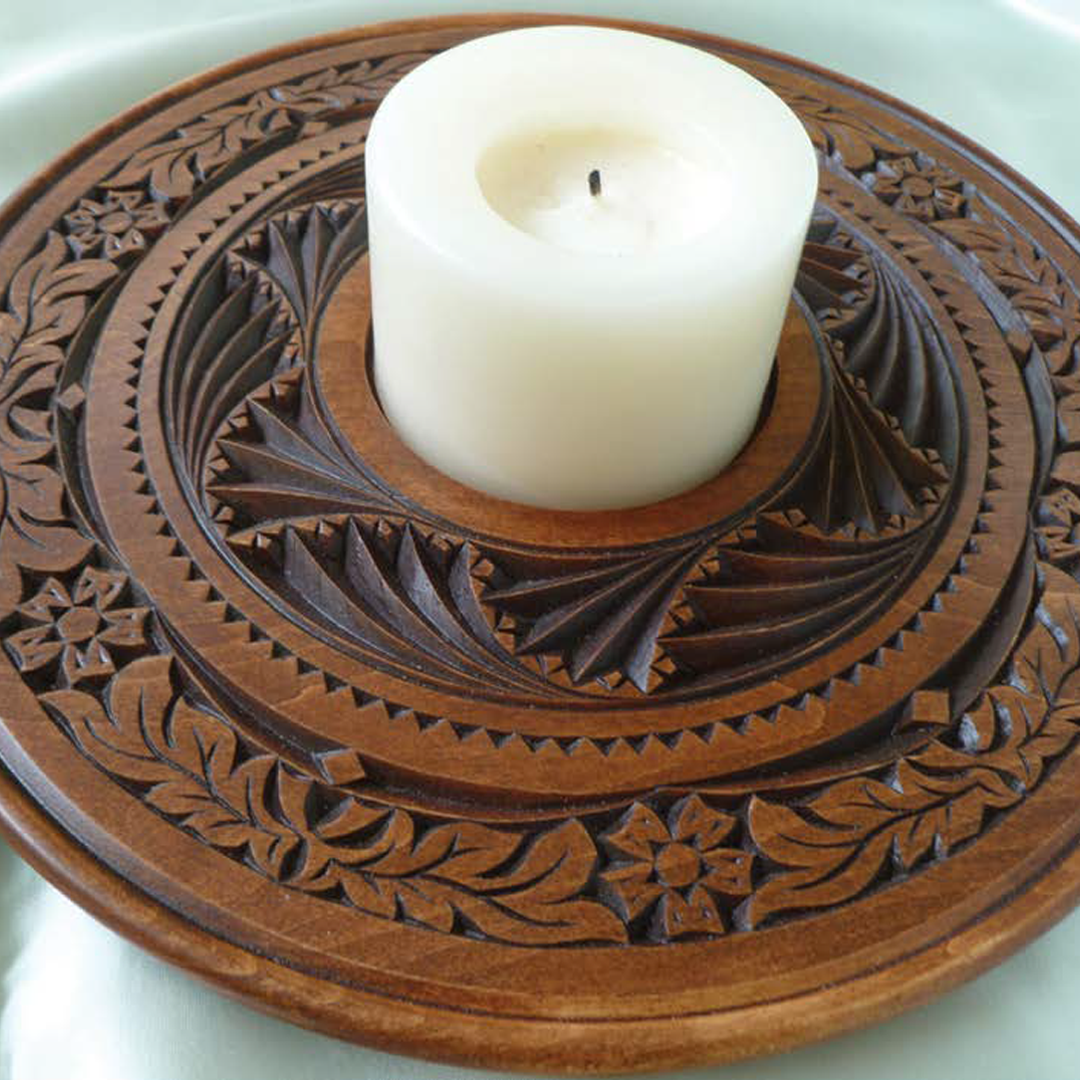
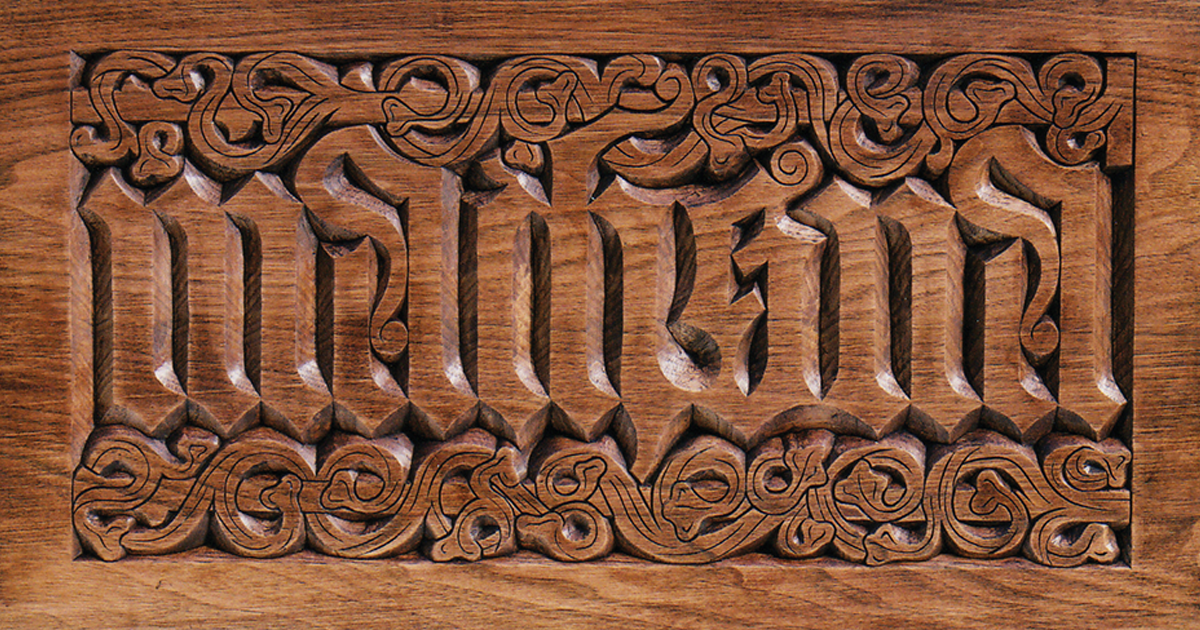
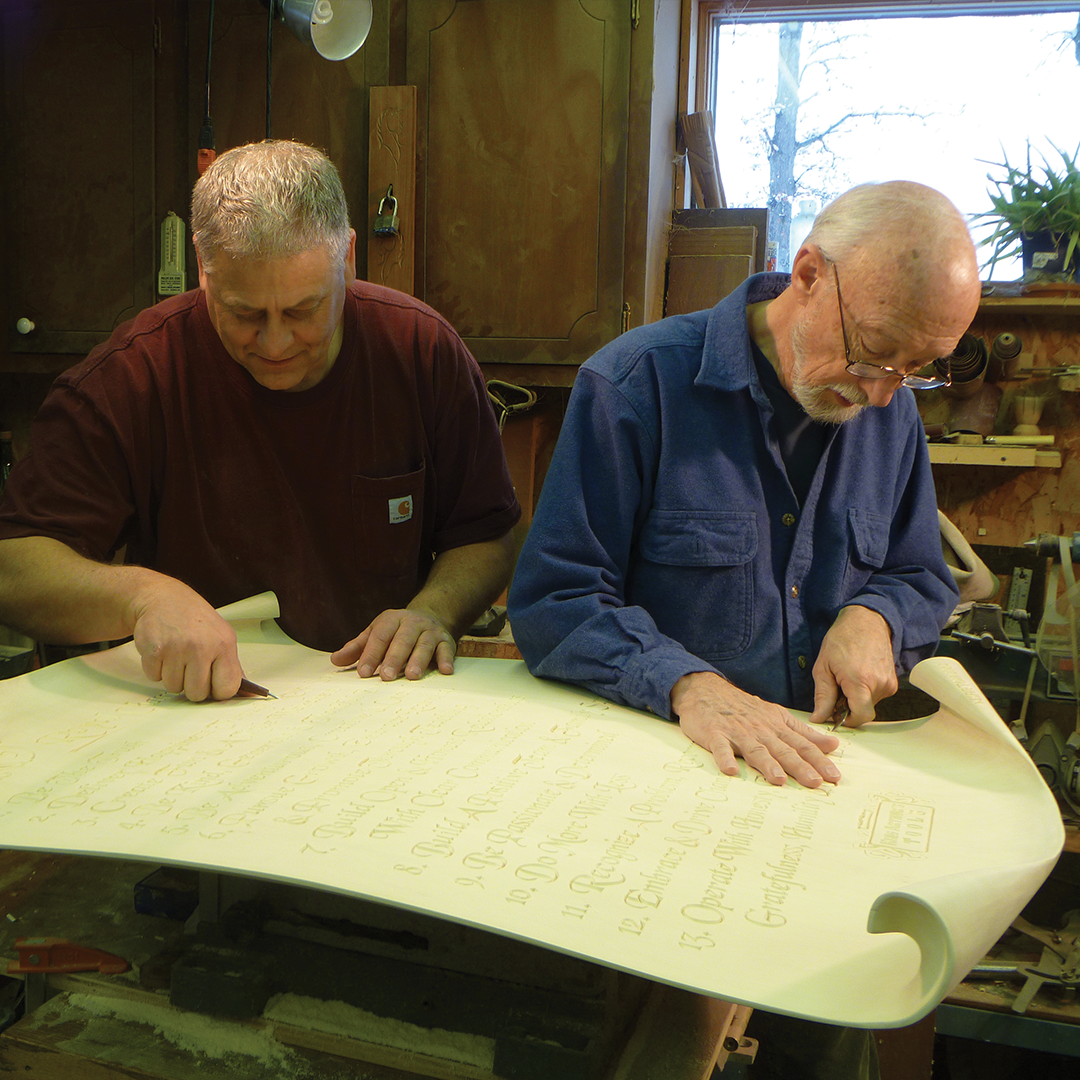
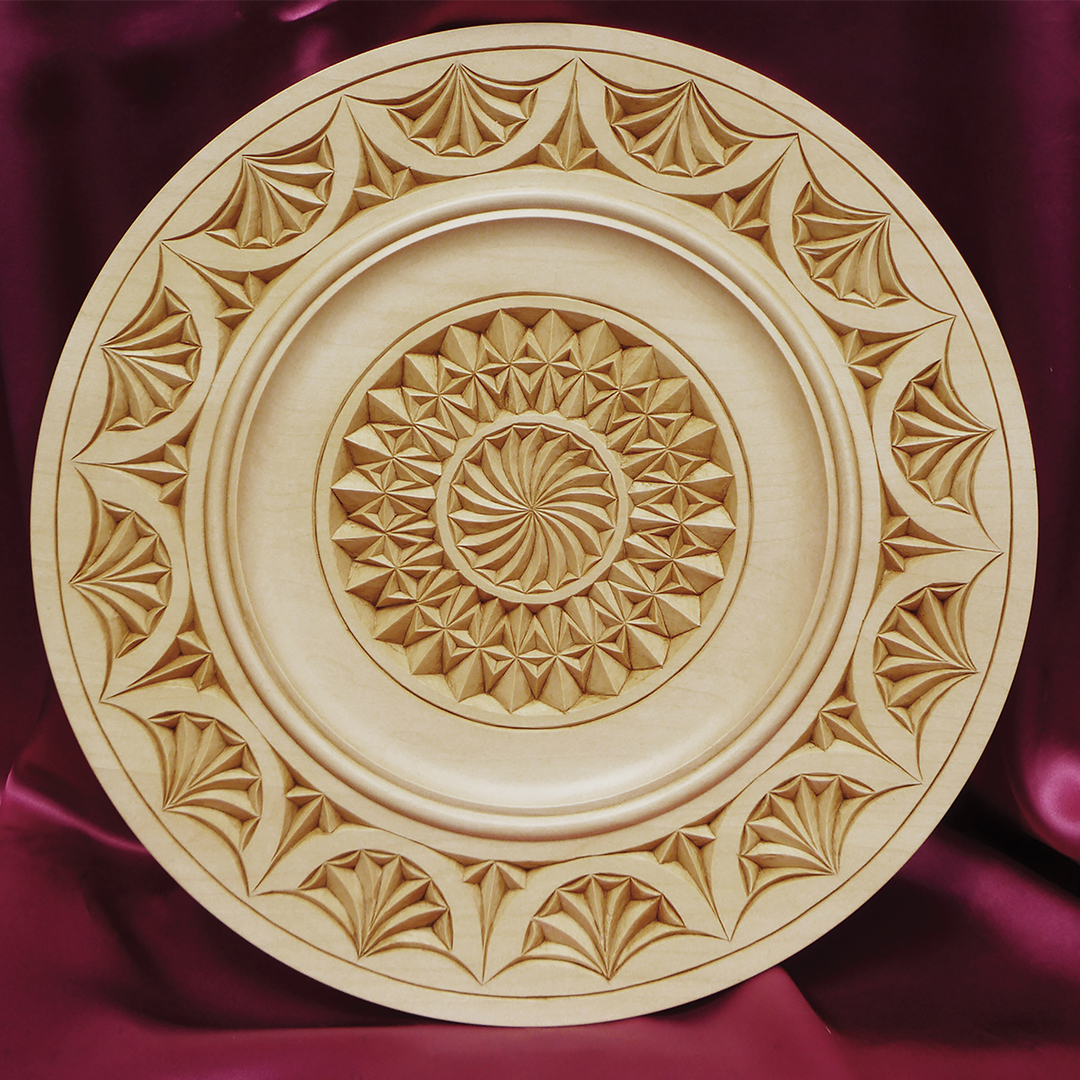
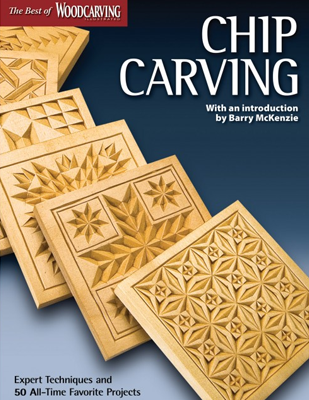
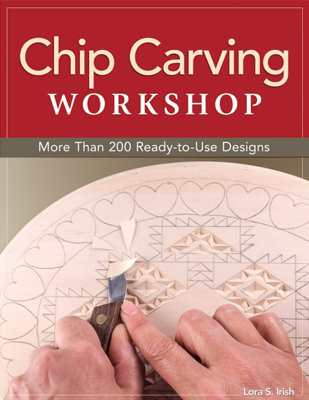
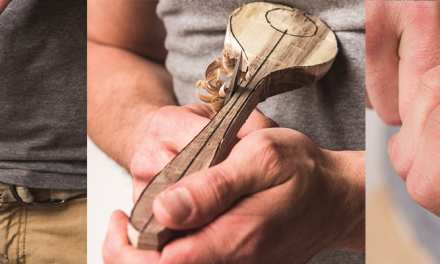
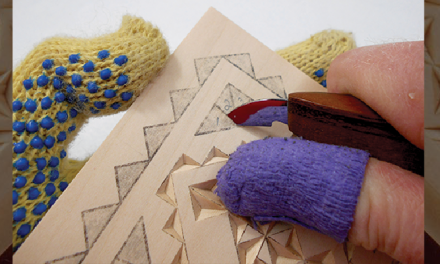
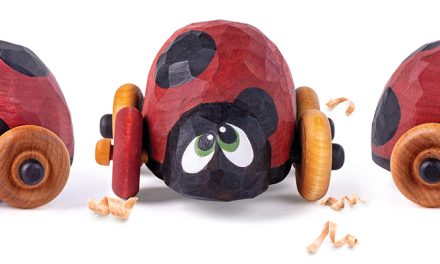

Recent Comments